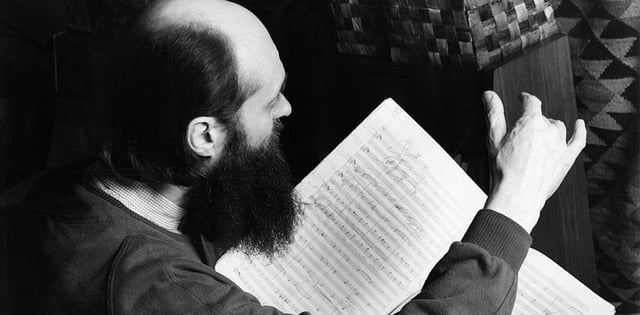Overview
- The Estonian composer turns 90 on Sept. 11, 2025, with tributes planned in Estonia, at Carnegie Hall and internationally.
- Pärt’s tintinnabuli technique, unveiled in 1976, reduces music to elemental melody paired with triadic harmonies governed by explicit rules.
- Nora Pärt encapsulates the method as “1+1 = 1,” uniting a subjective melodic line with a bell-like harmonic halo around a central pitch.
- Dozens of 1970s notebooks trace his turn toward Orthodox Christianity, collecting sacred texts, diary entries, drawings and compositional sketches.
- Influences include Gregorian chant and Renaissance polyphony, a church-linked lineage that was ideologically fraught in Soviet-era Estonia, while silence and stillness define works such as Tabula rasa and drive their widespread use in film and television.
